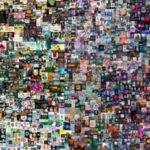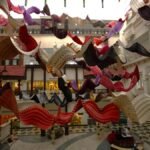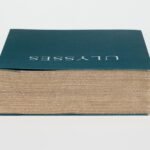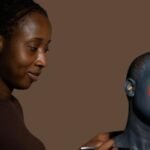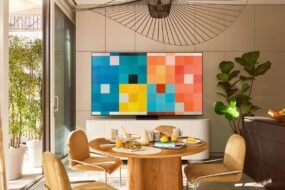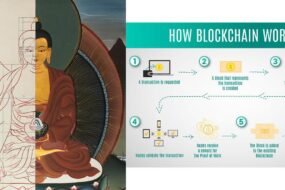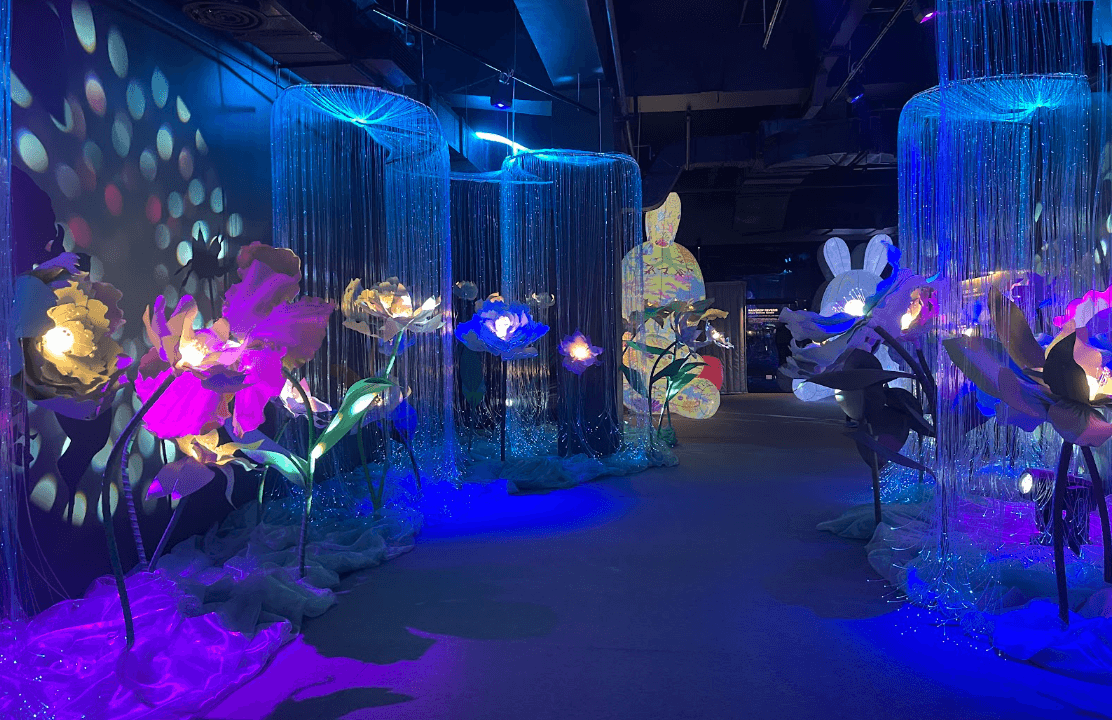
Manila Ocean Park’s newest attraction uses projection mapping, virtual reality, and AI for a ‘multi-sensory experience’
MANILA, Philippines — Have you been to the first nature-inspired digital art sanctuary in the Philippines?
The Digital National Art (DNA) Museum and its latest exhibition, Art Heals Life: A Journey in Bloom, opened in June at the Manila Ocean Park. This immersive experience, inspired by the nearby Philippine Biodome and oceanarium, offers a fresh take on nature’s beauty through the lens of modern technology.
The museum offers more than a typical gallery visit, with interactive displays that create a multi-sensory experience inspired by nature’s healing power.
The museum welcomes guests from 10 am to 8 pm on weekdays, and 9 am to 8 pm on weekends and holidays. A typical visit takes around 30 to 45 minutes.
Here’s what to expect!
Nature’s finest (but make it modern)
At the core of the new museum is nature.
“The main focus of the gallery is the natural world — the elements you can find and the emotional journey it provides when you experience the outdoors,” a representative of the DNA Museum told Rappler.
Nature is reflected in 12 installations. Upon entry, you are greeted with a foray of flowers as the first exhibition, Flower Overture, serves as a transition from the outside noise to the calming sounds of nature.
Stepping into the exhibit truly feels like entering another world. To me, the museum’s curation and design evoked the feeling of “Pandora” — with its vivid hues of pink, purple, and blue, and its towering installations.
Each exhibit offers a unique take on nature, and it’s clear that the team made a strong effort to showcase various elements of the outdoors. For me, some installations stood out more than others
Two personal favorites of mine were Echo of Light and Raindrop Reverie.
The ninth exhibit, Echo of Light, features speed balls mounted on the floors and walls, reflecting geometric patterns projected from above. What stood out most to me was its interactive nature — pressing the balls triggers a ripple effect through motion capture, accompanied by sound.
Raindrop Reverie, on the other hand, offers a more serene experience, simulating a walk along the beachfront with soft rain sounds. As shared with Rappler, sound plays a key role here, as the exhibit aims to immerse visitors in “sound healing.”
This 11th installation also uses motion capture — walking around the room activates light patterns that resemble a stroll along the beach and the delicate meeting of land and sea.
Tech meets the natural world
A concept that cannot leave my mind is its presentation of nature through digital art, showcasing the beauties of the natural and the technicalities of the artificial.
To render a dreamlike environment, projection mapping, virtual reality (VR), and artificial intelligence (AI) were used. These technologies help simulate nature not just visually, but also through the senses of touch, taste, and sound. Its use of interactive technology and design is meant to guide visitors through a moment of self-reflection and quiet, without having to leave the metro.
Such integration is seen in the installations. Looking around, you can observe how motion-detecting lights interact with your every touch and step. These interactions with the space create a technicolor ripple effect, with a single touch triggering a cluster of butterflies or blooming flowers, particularly in the exhibits The Blooming Moment and Floral Pour.
The Floral Pour is perhaps the most interactive of them all. It’s a café space that merges taste with art, offering hot milk tea and cold lavender tea that interact with the table and lighting design.
Some installations weren’t as striking, and felt more like pass-through spaces — places where one could glance and move to the next one. However, the overall experience felt serene, and the exhibits that were highly interactive and social media-worthy were the ones that captured visitors’ attention the most.
Final observations
The DNA Museum offers a fresh approach to digital art by engaging multiple senses (hopefully, smell could be incorporated in the future!) and designing interactive exhibits. There’s something both delicate and compelling about seeing art respond to one’s touch.
By choosing to highlight aspects of nature we don’t often experience — like the lights and sounds of a lightning storm or the radiance of the sun — it becomes clear how much the outdoors means to the curatorial staff: from the beauty and color we see, to the sounds we often overlook.
However, the experience could feel different when the space is crowded. Too much chatter and noise may take away from the calming sound design that varies from room to room.
As the museum shared with Rappler, the space is still evolving — “mirroring how nature itself is ever-changing and without a final form.”
Tickets to the DNA Museum are available online and on-site at Manila Ocean Park. Tour packages are also offered for guests who want to explore other attractions within the park. Admission starts at P620. – Rappler.com
Mikay Tormon is a Rappler intern studying Bachelor of Arts in Communication with a Minor in Sociology at the Ateneo de Manila University.

